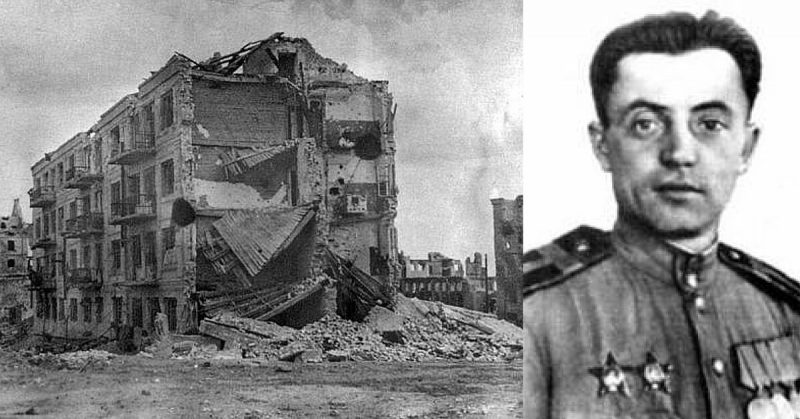The Battle of Stalingrad is one of the best-known battles of WWII. The siege of the city that lasted from 23rd of August, 1942 to the 2nd of February, 1943 saw several power shifts between confronting sides. The Soviets declared it their ultimate mission to withstand the Axis push at Stalingrad ― the city that bore the name of their leader, Joseph Stalin. Hitler saw the symbolic potential too and insisted on capturing the city, no matter the cost.
Street fights raged for months while snipers scanned the devastated landscape in search of any sign of life. Every house was a battleground. Apartment buildings were taken and lost by storm, in a matter of hours, even minutes. Life lost all value on the streets of Stalingrad as the Soviets believed in their superior numbers and pushed forward, losing hundreds of thousands of soldiers. On the strategic chessboard, those were days when it was all or nothing.
But outside the cozy headquarters from which Soviet and German generals directed the bloody play, men on both sides were losing their lives with every wrong step they made. And at Stalingrad, there were many “wrong steps.”
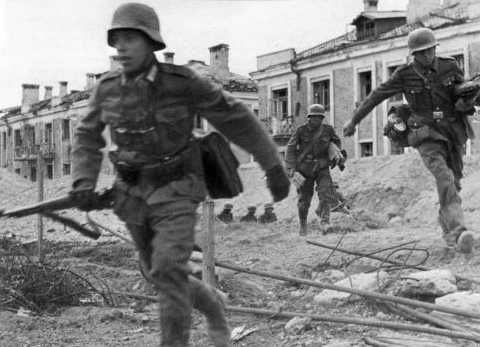
Nevertheless, heroic deeds were done on the streets of Stalingrad and one of the most inspiring figures of the battle, who served as role-model to many Red Army soldiers during the war and afterward, was Seargent Yakov Pavlov.
Pavlov became well-known after he and his small platoon held on for 59 days against a numerically superior enemy in an apartment building in Stalingrad. The siege lasted from 27th September to 25th November 1942.
Born in a peasant family in northwestern Russia, Pavlov was drafted into the military life in 1938. At first, Pavlov was a Junior Seargent in charge of a machine gun squad and an artillery NCO. He became a leader of a reconnaissance platoon after all of the officers in his squad were killed in Stalingrad. The platoon acted as a vanguard, pushing the fragile edge of the front deep into enemy controlled territory.
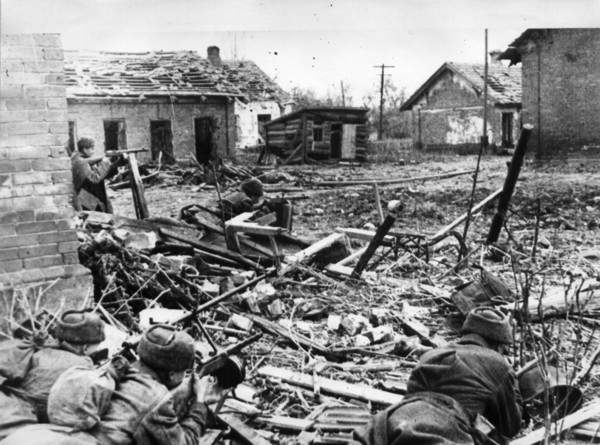
On one such operation, Pavlov and his squad of 30 soldiers captured a four-story apartment building held by the Germans. The building, located near the Volga riverbank, was facing the 9th of January Square, which was named to honor the event dating from 1905 when a group of protesters were shot by the Russian Imperial Guard in St Petersburg. Pavlov’s men occupied and held the building, but the bulk of the Soviet army was still miles away, so they became stranded.
Pavlov received orders to hold the building. And he did with all of his heart for, at that time, the infamous Stalin’s Order 227 was put in effect. “Not one step Back” was the order and it became a slogan of defiance towards the Axis powers during the war. The controversial order did, in fact, have a decisive effect on many soldiers, for it was better to stand and fight than to be declared traitor and shot. So he fortified the apartment building and defended it to the last man and the last bullet.
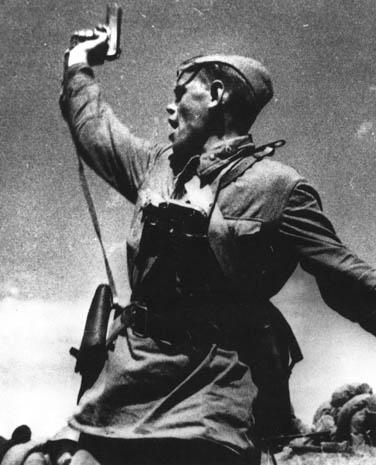
The house had great strategic importance as its position at the crossroads gave its defenders an overview that stretched on for a kilometer on all sides.
With elements of the famed 13th Guard Rifle Division, he fortified the building, laying four lines of barbed wire. He mined the area and set up machine gun nests in the basement and the loft. An old anti-tank rifle was all Pavlov had against German Panzers. He mounted the AT rifle on the roof, where the tanks couldn’t elevate their turret enough to hit it. From this position his men were capable of piercing the thin armor on the turret, thus neutralizing the tanks. Using this tactic the Soviet defenders destroyed more than a dozen tanks. The attacks became more frequent. Each time the Germans attacked, they were repelled by a machine gun barrage from the basement, the windows, and the roof.
Supplies were scarce, and sleep was a luxury, as the Germans decided to shoot during the night to keep the defenders awake. As the siege dragged on, the building was dubbed Pavlov’s House, or more precisely Pavlov’s Home.
The fortified building was completely adapted for the purpose of repelling the attacking waves. One wall was breached to improve internal communication. A trench was dug as a lifeline to the Soviet troops outside. Pavlov’s men weren’t cut off from the rest of the army, but they still had to face a shortage of food and water, for the entire Red Army at the time lacked sufficient basic supplies. Also, the men had no beds, so the soldiers slept on insulation wool torn out of the walls. Some reinforcements managed to break through to the building, via the trench or the Volga river, but there was never more than a dozen defenders at any time of the siege.
After several attacks, corpses began to stack up on the square in front of the building. Allegedly, Pavlov’s men had to go out between battles and clear the square of bodies, for they were often used as cover by the attacking Germans.
During the 59-day siege, the building was inhabited by citizens who lived there before the battle. They were evacuated to the basement, where they lived until the Soviet Army relieved Pavlov’s squad on the 25th of November.
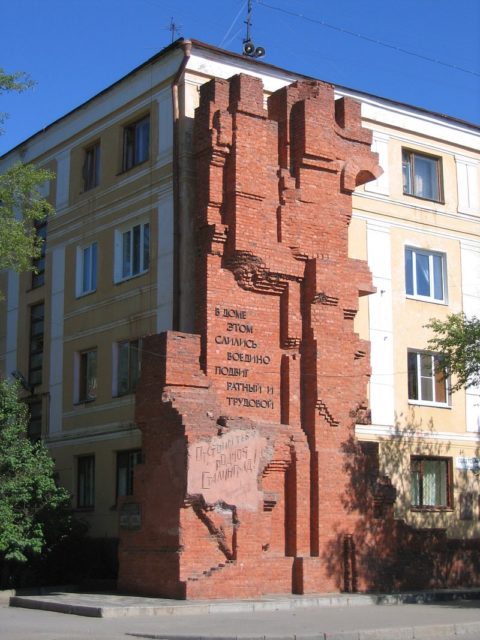
The battle became a symbol of stubborn Soviet resistance during the Great Patriotic War. Only four men of the original platoon, including Pavlov, managed to pull through the siege and welcome the advancing Soviet troops. General Vasily Chuikov, who was in command of the Soviet Forces in Stalingrad, bragged how the Germans lost more troops at Pavlov’s House than they did conquering Paris.
Yakov Pavlov participated in the Battle of Berlin and survived the war with many medals. He was declared Hero of the Soviet Union in 1945. The house was rebuilt after the war, and a monument was erected out of old bricks from the original building.
